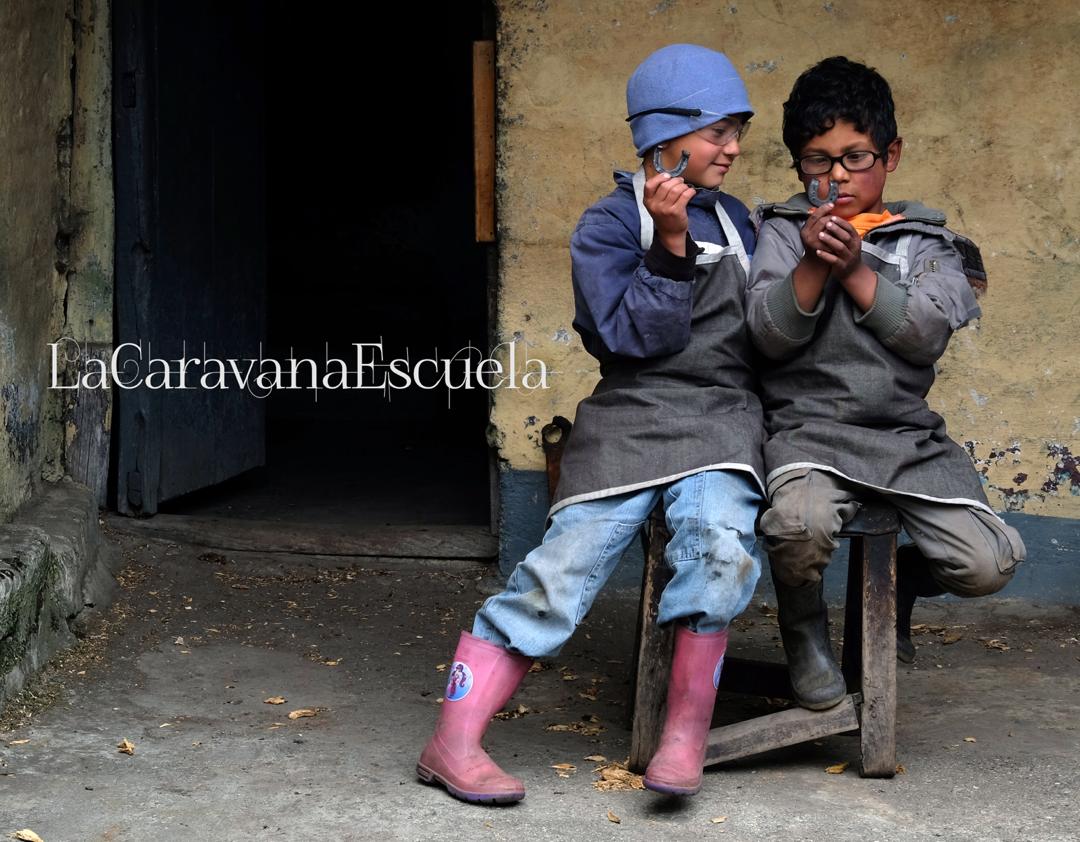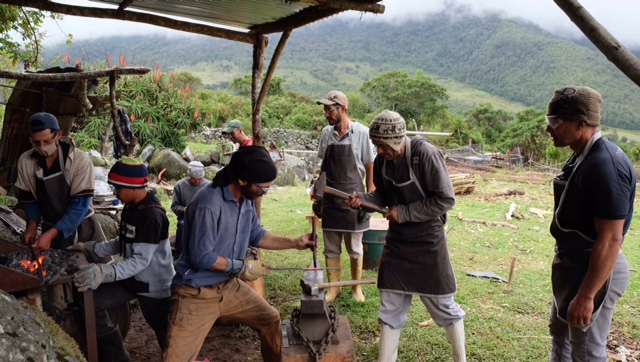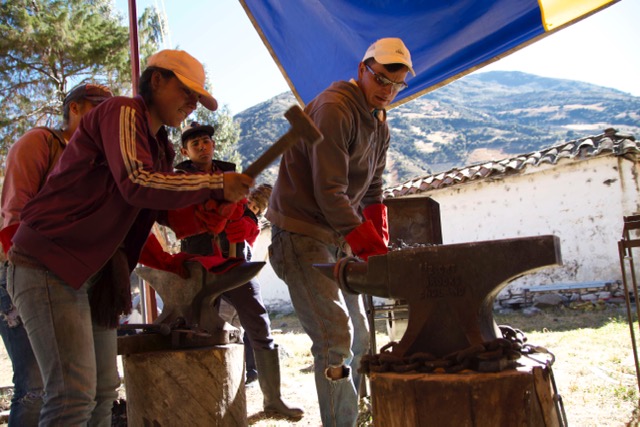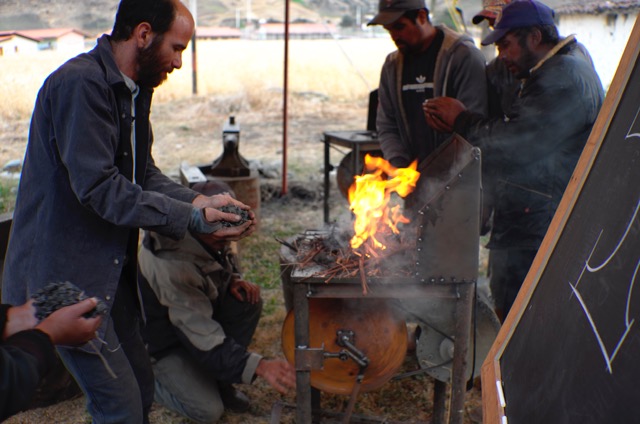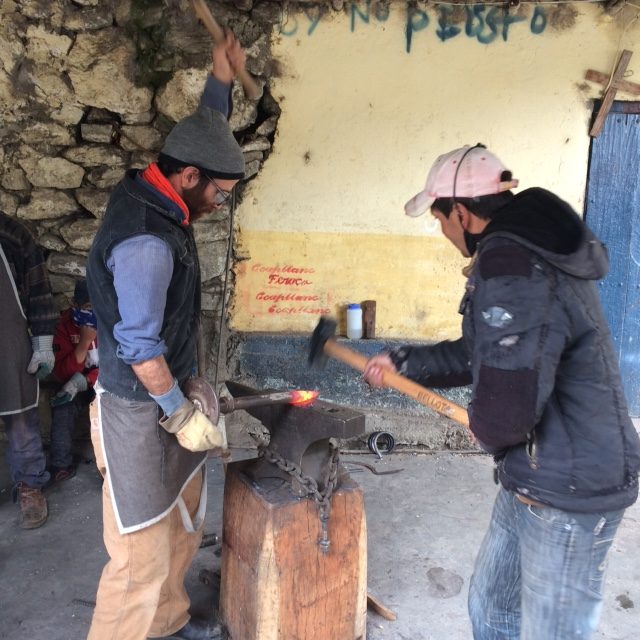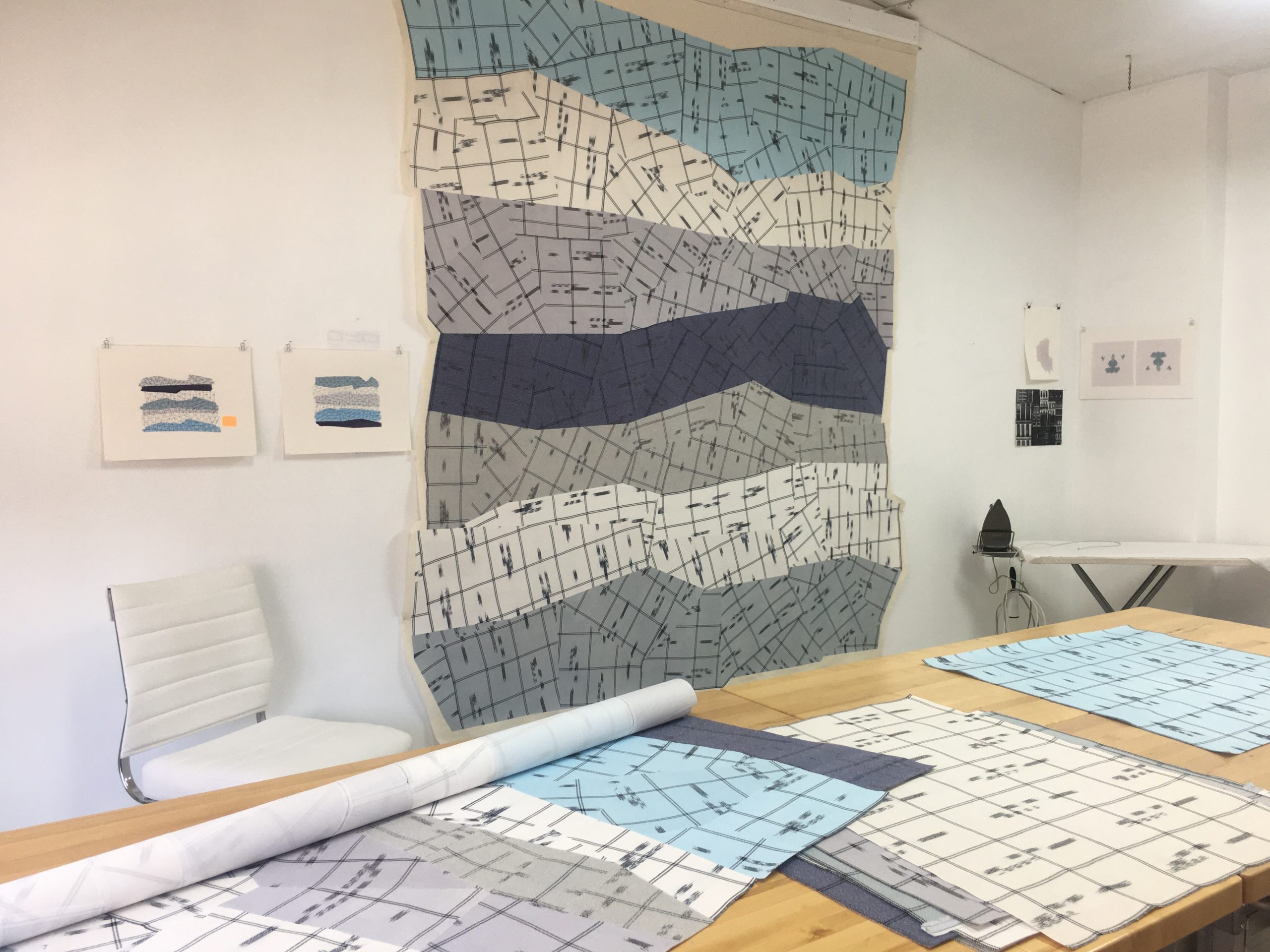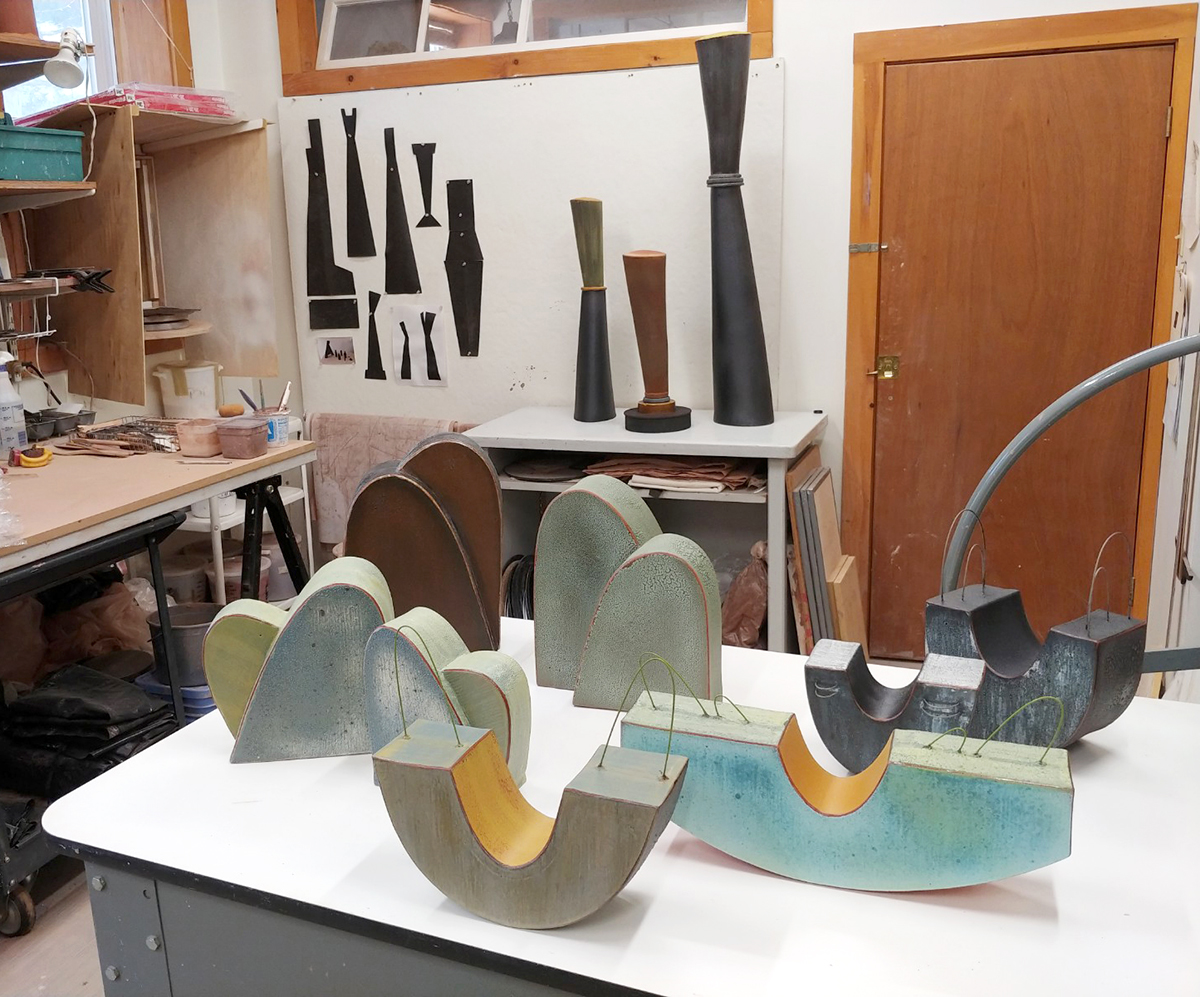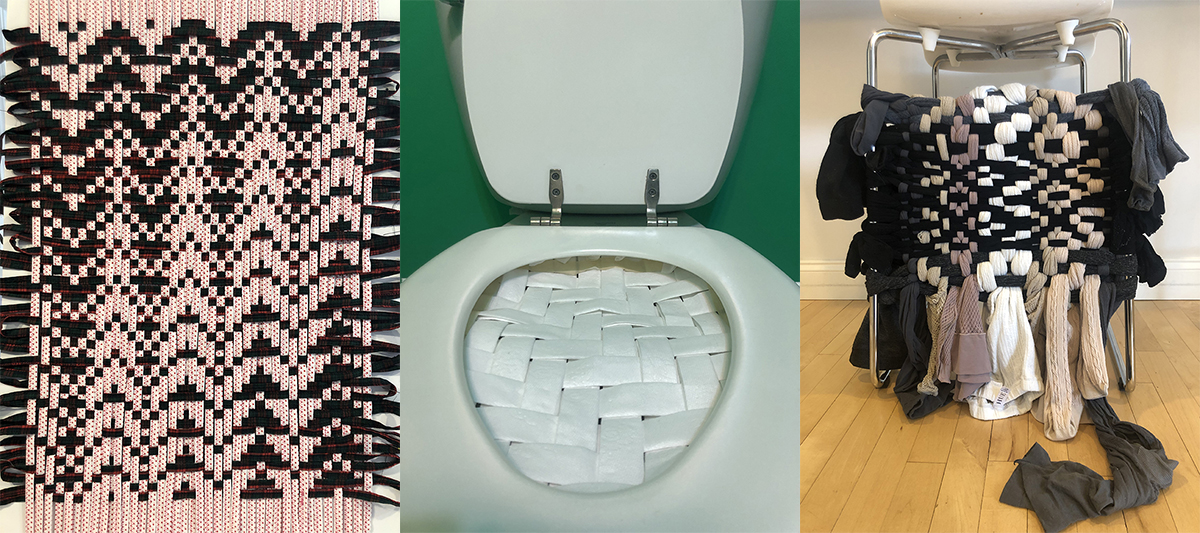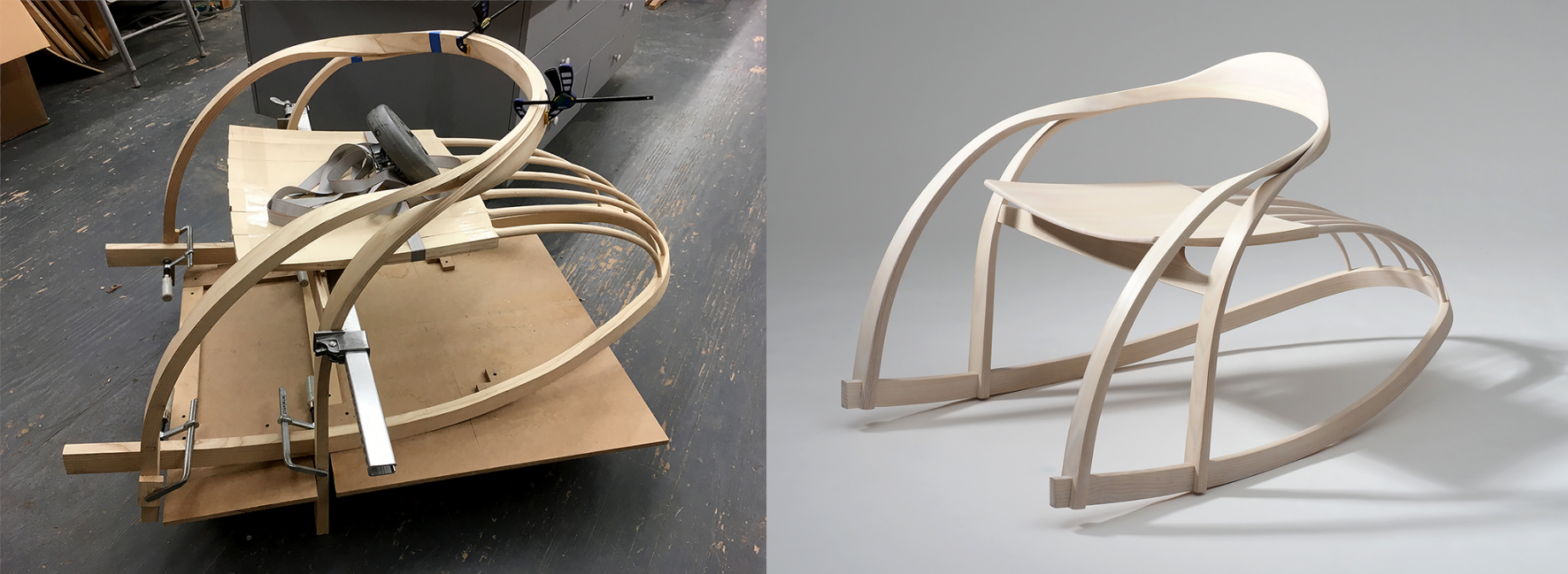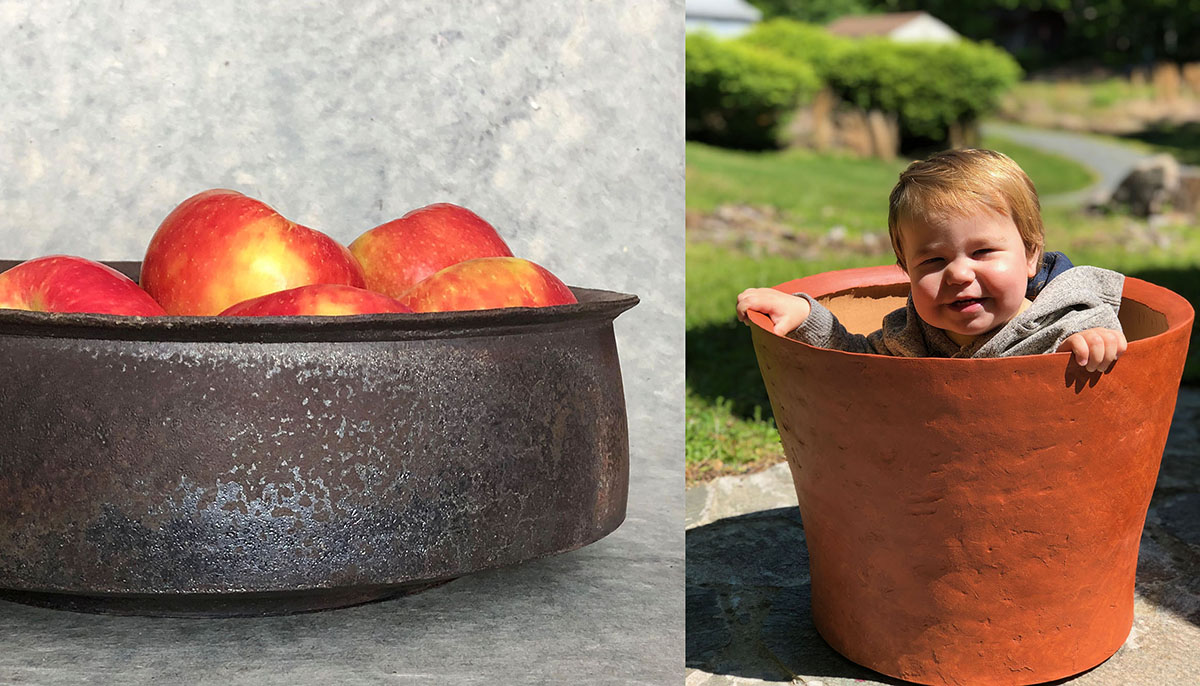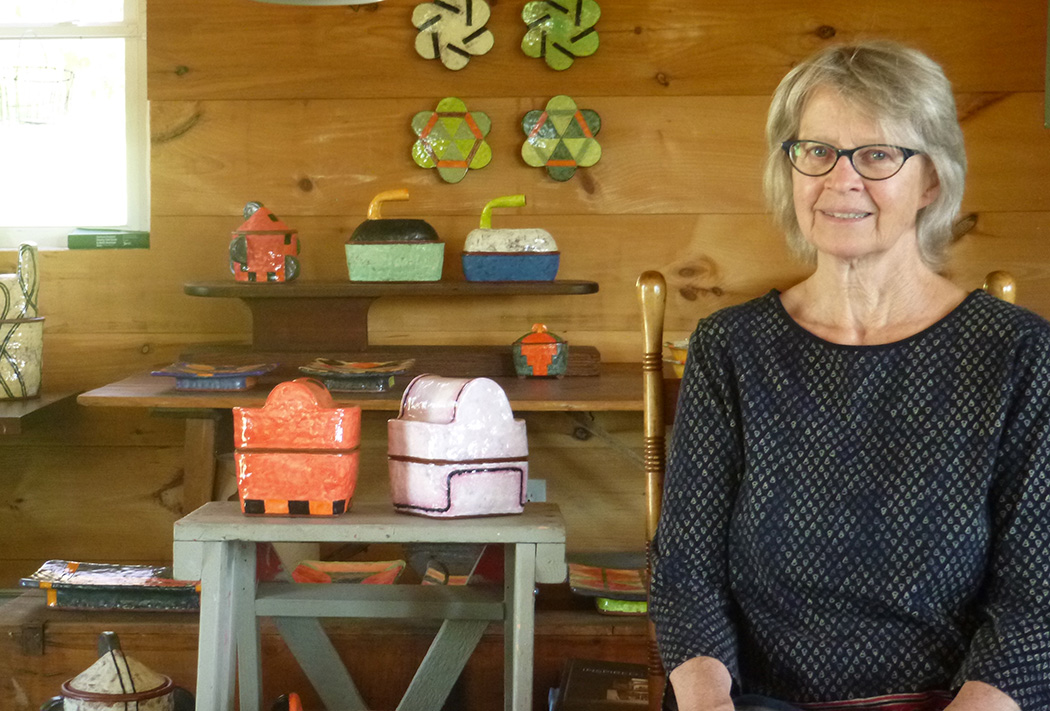The weather is warm, the mountain views are dense with green, and the food is great—but the biggest joy of summer at Penland is welcoming students and instructors to our studios. We’ve really missed getting to foster the creative discoveries and connections that happen regularly in our workshops this summer. Even so, finding new ways to stay inspired and connected with you all has been a highlight of 2020.
We are reaching out to each of our summer 2020 instructors with an invitation to share a bit of their recent creative endeavors with the Penland community. Our hope is that these windows into their studios and explorations will spark something exciting in you, too. Enjoy, stay safe, and keep making! #PenlandEverywhere
Lauren Markley
Session 2 Metals—Fabrication for Sculptural Jewelry
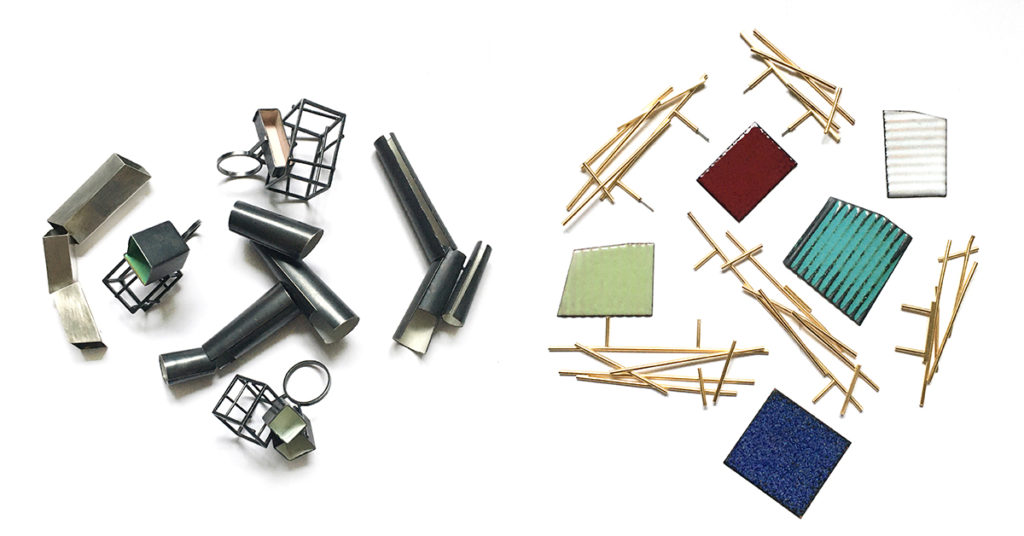
With shelter-in-place orders in effect in North Carolina, April and May were somewhat challenging months because my jewelry studio is not in my home. I was only able to bring some of my equipment home to continue working. After a bit of discombobulation, I started focusing on work I could make in a reduced capacity studio. I’ve been revisiting old pieces, exploring new ideas and new materials, and (finally!) fixing up my website, things that I don’t normally get to do when I’m busy preparing for craft shows. The sterling silver and paint pieces in the first image are from about 8 or 9 years ago—work I’d forgotten about until recently. The second image contains elements made from brass tube with gold vermeil and some test pieces in enamel. I miss the camaraderie and excitement of craft shows and classrooms, and I find myself thinking a lot about what the future holds for artists and makers, but I also think that the challenges of these bizarre times can be seen as opportunities to consider new ways forward.
Laura Mays
Session 2 Wood—Right Angles, Wrong Angles
It’s been surprisingly hard to concentrate over the last few months. What might have seemed like an ideal opportunity to get work done was in fact a haze of anxiety, attempts at online teaching and dealing with the sadness and turmoil of the students whose last two months of the semester had been torn away from them, heavy-duty parenting and attempting to homeschool my 8-year-old daughter, and latterly, facing up to what has always been here: the pandemic of racism and white supremacy. Having said that, I found working in my shop, when I could get there, to be therapeutic and calming. A chance to be out of myself. I don’t mean to suggest that craft is not connected to the world in all its wonderfulness and awfulness, but that sometimes, its role for an individual can be to allow focus on material and physical being.
1. A wall hung cabinet nearing completion, just a couple of doors to go on. Inspired by the paintings of Nathalie Du Pasquier. Exploring 2 and 3 dimensional conventions of representation, and part of an intermittent ongoing series. Title: Interrupted. The painting is Formagramma by Nathalie Du Pasquier.
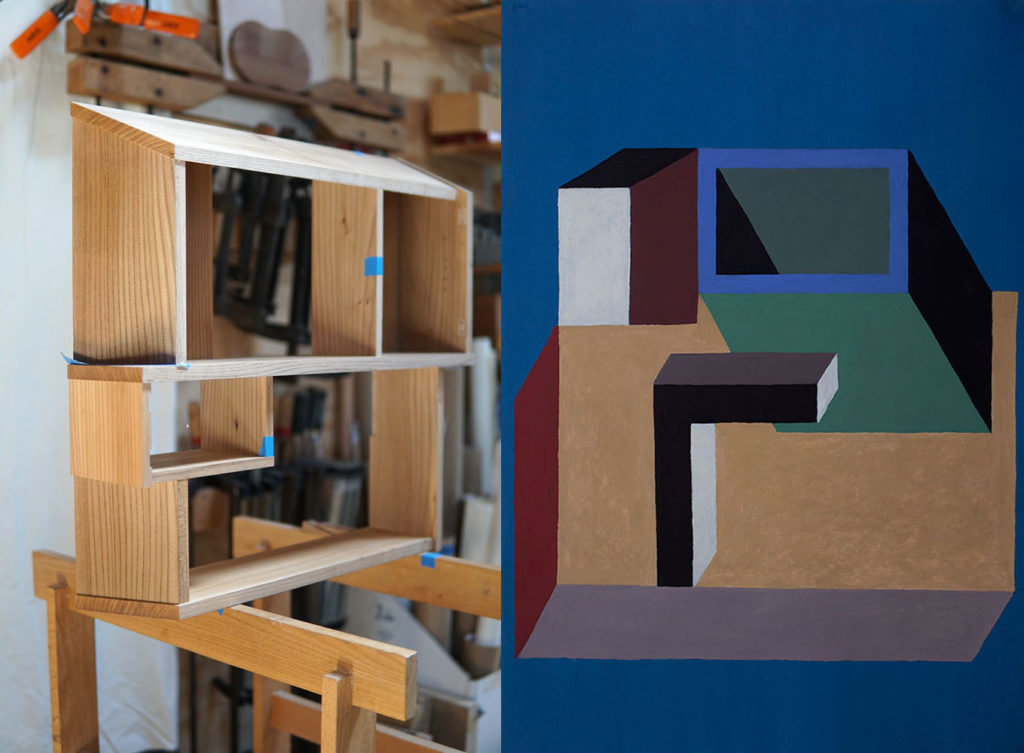
2. A small sketch model of a chair. I’m thinking about two coopered shells, one for the back and one side, the other for the seat and the other side.
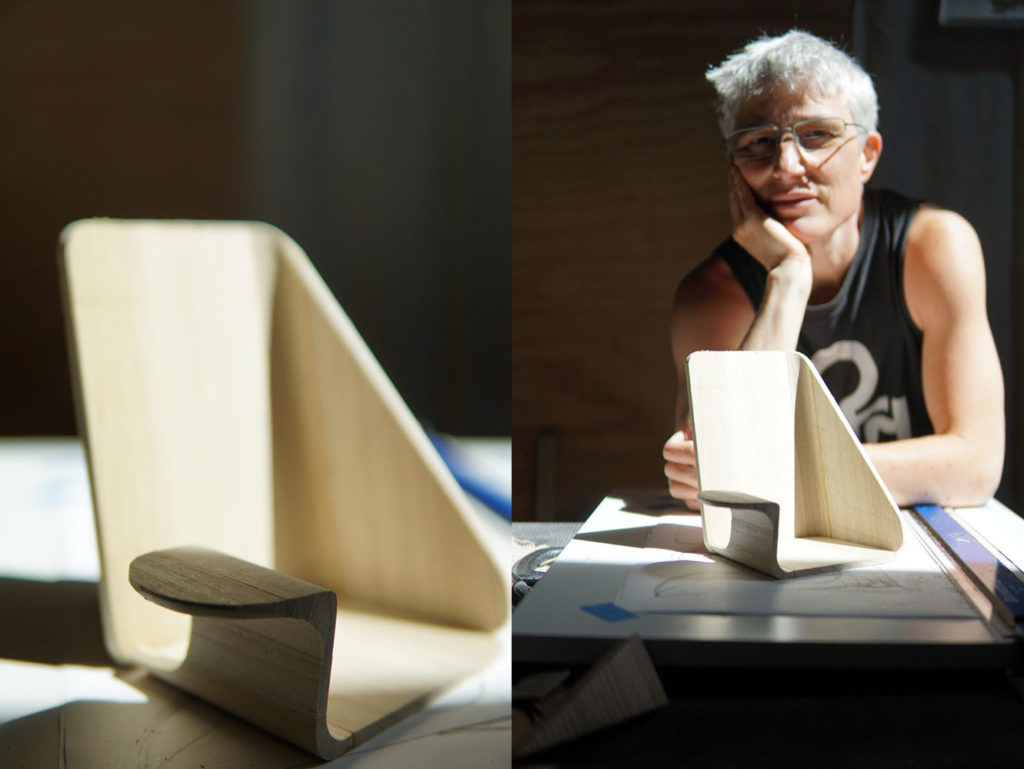
3. Poignantly, some boxes I had started to prepare for my class at Penland, partially made. I was going to bring them along to various stages of completion when the pandemic restrictions hit and cancelled classes. The finished box is titled Fool’s Gold.
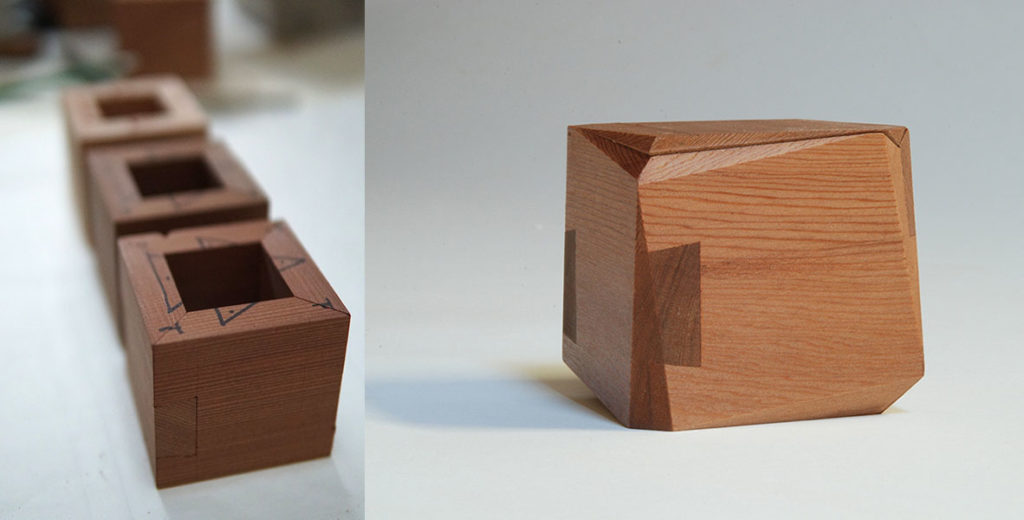
Yurico Saka
Session 2 Metals—Traditional Japanese Engraving

Left and right: I was planning to bring these engraving samples with me to Penland this summer; middle: My assistant manager Michenyanlangelo.
I’m trying to think positively and to spend this time studying painting and English, completing ordered work, and making my new works with my cats for an upcoming show.
I really hope everyone is safe and healthy. I believe we can overcome this difficulty and hope it will make us more resilient, more creative and imaginative. Please take care.
Maria Veronica San Martin
Session 2 Books—Creating Artists’ Books
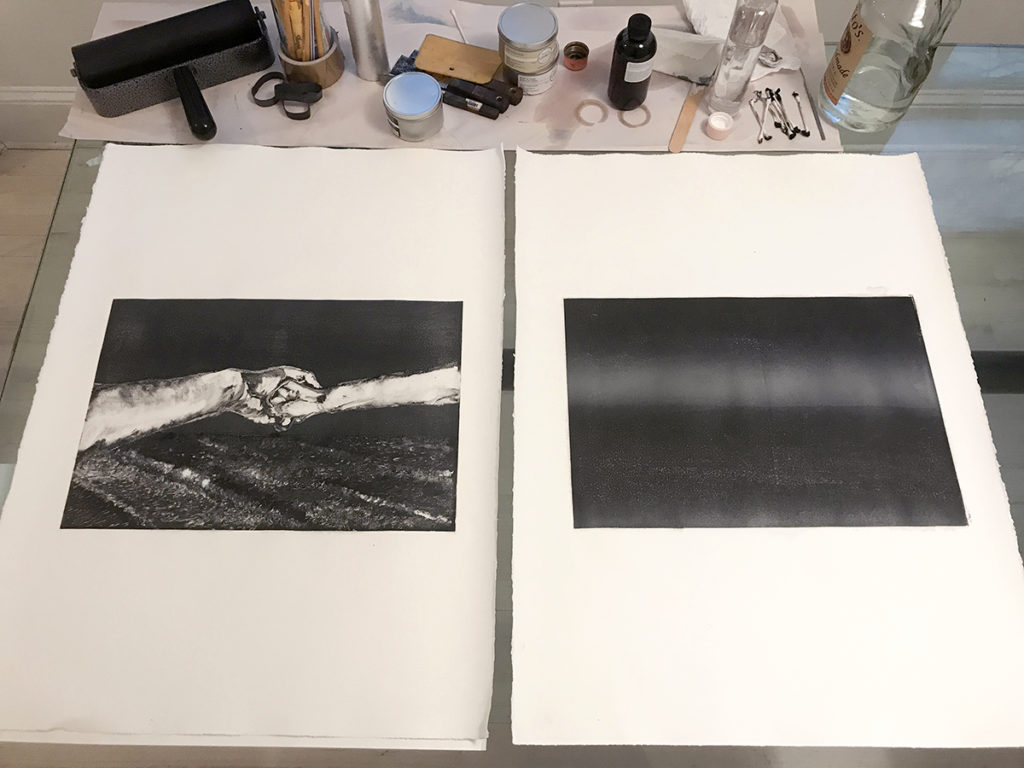
When I was doing my master’s degree at the Corcoran School in DC around 2012, I constantly heard about Penland in the studios and in the hallways, a new word that became stronger as the summer approached. As a Latin American student at that time and today as a Brooklyn-based immigrant artist, my practice has constantly been focused on the search for new learning and experimentation processes through printmaking, a medium that appears not just as a technique but rather an aesthetic; a conceptual medium to study history, memory and trauma through a variety of representation strategies. When I was invited to teach at Penland, I couldn’t believe I was going to try those studios with my own hands to teach, and share some Book Arts concepts, and surrounded by that extensive nature!
During quarantine, far from the shared studios I work in in the city, I was more connected to printmaking than I have ever been before. With the aim of making visible the injustices produced by the pandemic and especially in the most vulnerable sectors of the population, I started to use printmaking as a critical tool to think about the social and political order and its effects throughout the crisis. These relations resonate with printmaking processes as metaphors of resistance between oil and water, the action of carving a surface of wood, and drawing in an etching plate. With the lack of a professional studio/equipment, I explored alternative techniques and materials using what was “in place”: I used a bottle of vodka instead of alcohol, a window instead of a plate, and kitchen food and stuff as solvents.”
Boyd Sugiki & Lisa Zerkowitz
Session 2 Glass—Form, Color & Professional Practice

In the past few months we have been working together in our home studio in Seattle. Being in the shop has helped us maintain a positive outlook while allowing us to escape through the creative process; focusing on a bright and cheerful color pallet has been healing. In light of our course cancellation at Penland this summer, we plan to meet with our class virtually this month to get to know each other, talk shop and share the beauty of Penland with them!
Caterina Zucchi
Session 2 Glass—Blown Glass Beads: Skills & Shapes
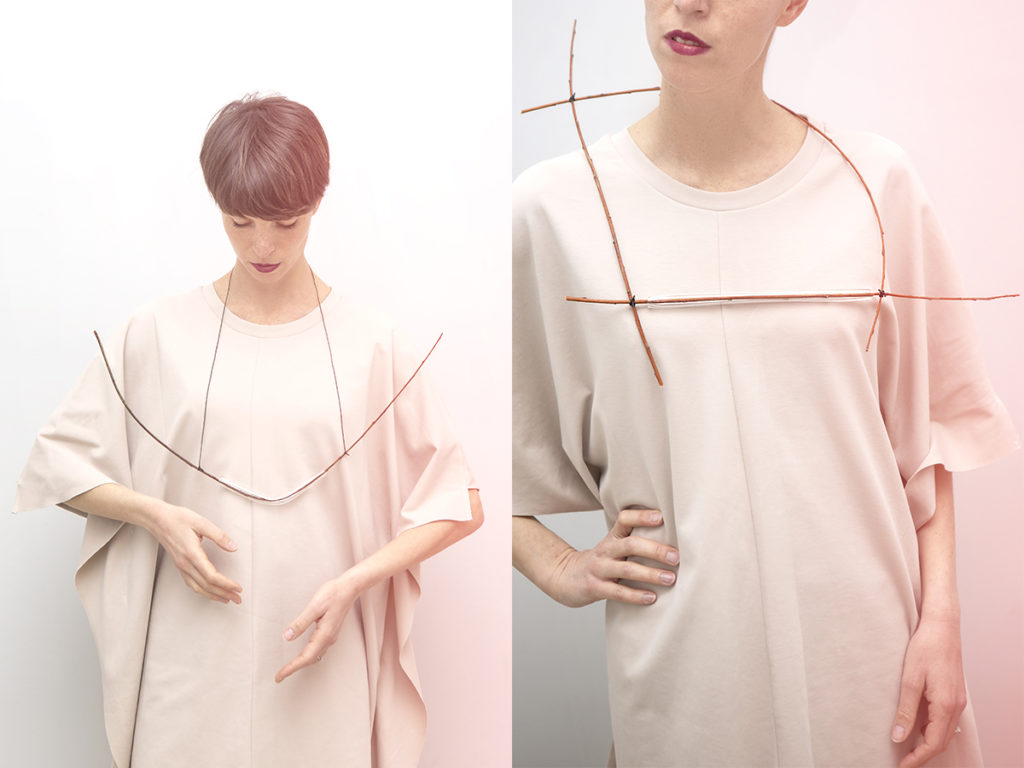
Before the lockdown, I was working on the possibility of inserting willow branches in my creations. I was dedicating myself to the realization of some prototypes. Glass and willow jewels, an initial idea, a hint of something that could be interesting and poetic. There was barely time to take some photos and then the project stopped, but not in my mind.
Photo credits: Chiara Nicolosi e Francesca Nicolosi, @pretaphoto
Ben Blount
Session 2 Letterpress—The Collaborative Printer
Ben sent us a touching, thought-provoking story about a recent print project he completed and distributed in his community. It was such a lovely example of the power of craft and the written word that we made a whole blog post about it! Read the whole thing here.
Daniel Souto
Session 2 Iron—Material Studies
Daniel wrote to us about his 20-year history with Penland and his co-intructor Stephen Yusko and the traveling school he started to bring blacksmithing to rural areas of his native Venezuela. His story is craft at its most powerful, and we decided to feature it in its own blog post. Please read about Daniel and LaCaravanaEscuela here.
See our roundup of submissions from session 1 instructors here.


